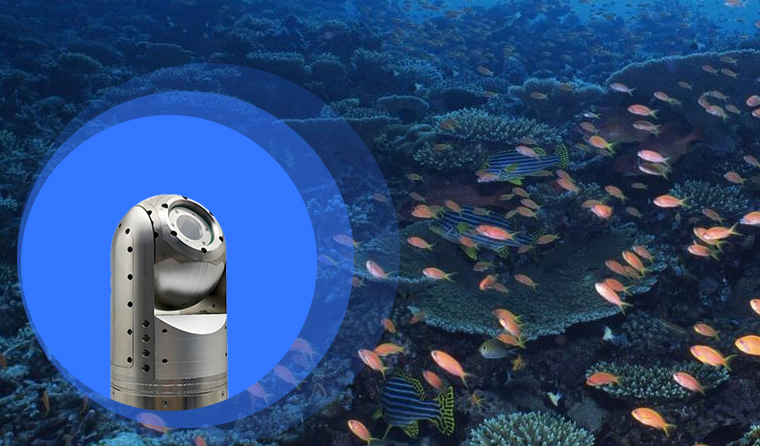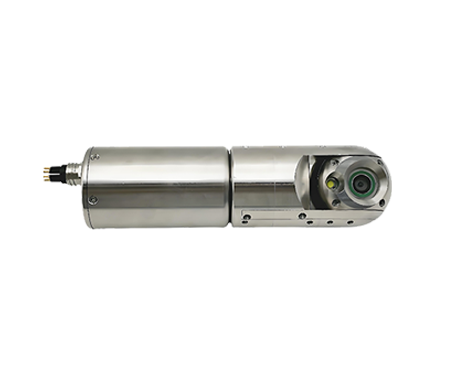
To choose an underwater breeding camera, the core is to screen around three dimensions: breeding scenario adaptability, core performance stability and long-term use reliability. Avoid blindly pursuing parameters or low prices, so as to select equipment that truly meets the needs.
First of all, it is necessary to prioritize matching the breeding scenario and usage environment. For shallow-water pond and freshwater cage breeding (water depth within 10 meters), choose models with IP68 or higher waterproof rating and basic anti-corrosion materials (such as 304 stainless steel shell), focusing on the lens anti-sediment design; for inshore mariculture (water depth 10-50 meters), models with 316L stainless steel shell + sapphire glass lens are a must to resist salt spray corrosion; for deep-sea breeding (water depth above 50 meters), customized high-pressure and pressure-resistant models are required, and it is necessary to confirm the "rated water depth" parameter provided by the manufacturer. It is recommended to reserve a 20% water pressure redundancy to prevent equipment damage caused by instantaneous water pressure.
Secondly, core performance parameters should focus on practicality. There is no need to blindly pursue ultra-high pixels for resolution. The goal of breeding monitoring is to "clearly identify the state of fish schools", and 2-8 million pixels are sufficient; in low-light environments at night or in deep water, models with infrared night vision function (effective night vision distance ≥ 5 meters) or light compensation system are required; in terms of data transmission, WiFi/4G transmission can be selected for inshore scenarios, and fiber optic transmission modules must be matched for deep-sea scenarios to ensure stable real-time images; if automated management is needed, priority should be given to models that support intelligent analysis functions (such as fish school counting and abnormal behavior early warning) to reduce manual intervention.

Finally, long-term use reliability requires attention to details and after-sales service. Check the equipment sealing process, and prioritize models with "multi-layer sealing rings + pressure monitoring modules" to reduce the risk of water leakage; in terms of materials, in addition to the shell, the interface should be treated with anti-corrosion coating to extend the service life; after-sales support cannot be ignored. Priority should be given to brands that provide a warranty of more than 1 year and support on-site maintenance or underwater equipment inspection, to avoid no one handling later failures.
In short, a reliable underwater breeding camera is not the one with the top parameters, but the one that is "scenario-adapted, sufficient in performance and complete in after-sales service". Screening according to water depth, water quality and monitoring needs can make the equipment truly serve the breeding management and reduce the later maintenance cost.
For more information about underwater aquaculture camera, please visit the homepage.

